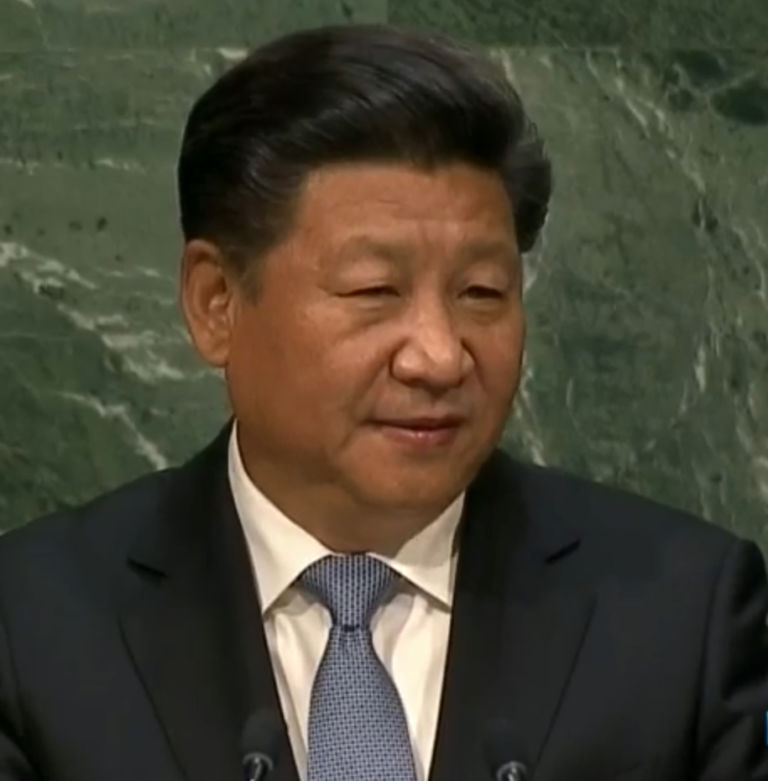Victor Davis Hanson‘s latest National Review Online column explains why slashing the nation’s defense budget by $500 billion could prove unwise.
[A] robust military keeps the peace by deterring aggressors through the appearance of overwhelming force. We often forget that the appearance of strength in peace is almost as important as the reality of strength in war. When wars end, we scale back (think 1919 or 1946) — only to kick ourselves once tensions arise again out of nowhere, and we must scramble to catch up and rearm for an unimagined World War II or Cold War.
America’s armed forces spend about 80 percent of their budgets not on bullets and bombs but on training and compensating troops. Often, they do a far better job of shaping the minds and character of our youth than do our colleges. Somehow the military can take an 18-year-old and teach him to park a $100 million fighter on a carrier deck, but our colleges cannot ensure that his civilian counterpart will show up regularly for classes. Young men and women leave the service debt-free and with skills. Too many of our college students pile up debt and become increasingly angry that by their mid-20s they still have received neither competitive skills nor real education.
The reason why our deficit is more than $1 trillion is not just that we have multimillion-dollar jet fighters or tens of thousands of Marines. Defense outlays currently represent only about 20 percent of federal budget expenditures and are below 5 percent of our gross national product. Those percentages are roughly average costs for recent years — despite an ongoing deployment in Afghanistan. In contrast, over the last three years we have borrowed a record near– $5 trillion for vast unfunded entitlements — from a spiraling Social Security and Medicare to an expansion of the food-stamp program to include one-seventh of America. Yet many Americans would probably prefer a new frigate manned by highly trained youth to discourage our enemies, rather than another Solyndra-like investment or a near– $1 trillion stimulus aimed at creating jobs in “shovel-ready” projects.


